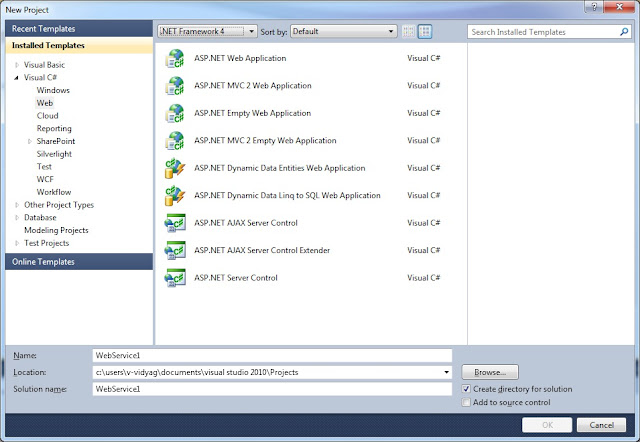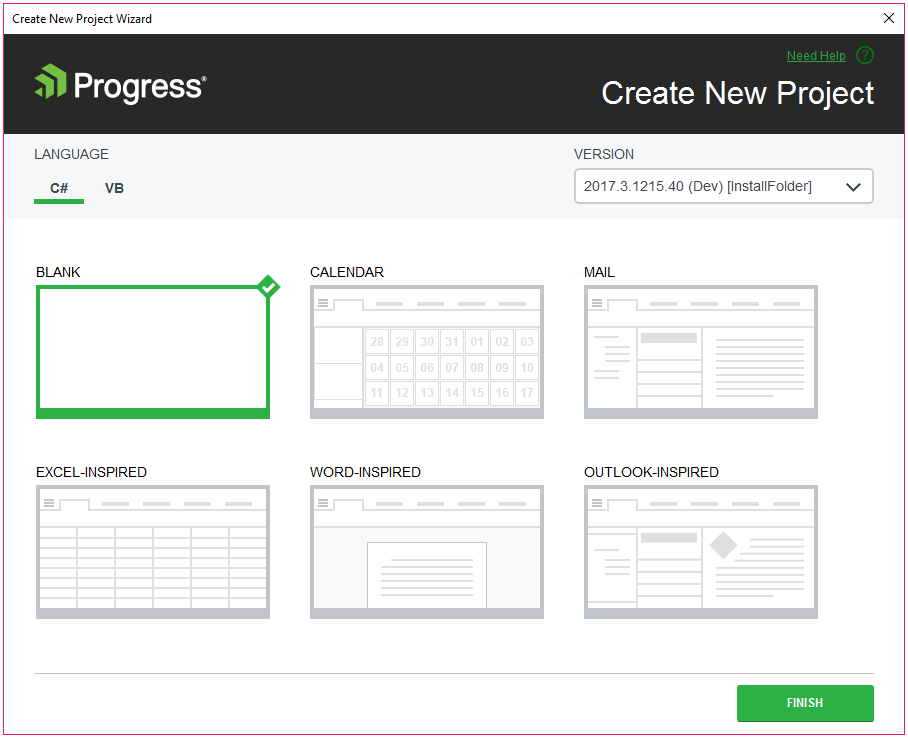

- #VISUALPST TEMPLATE HOW TO#
- #VISUALPST TEMPLATE INSTALL#
- #VISUALPST TEMPLATE UPDATE#
- #VISUALPST TEMPLATE CODE#
PowerTeacher and Parent Portals (Romy Backus) We will be covering many of the basic concepts essential to understanding how customization works, as well as simple edits and some of the special “PS-HTML”tags that can be used in PowerSchool pages.
#VISUALPST TEMPLATE HOW TO#
This session will teach you how to begin customizing PowerSchool web pages. What is PowerScheduler and how does it work? What is involved in doing a schedule “build” in PowerSchool’s PowerScheduler, and why would you want to? Understand the overall process from beginning to end.īeginner Customization: Site Structure and Basic Concepts (Roger Sprik) PowerScheduler Overview (Greg Satterwhite) To view the Add New Item dialog, from the Solution Explorer, select the project node and select Add > New Item).Session Schedule with times and days (PDF). For an item template project, you should see your item template listed in the Add New Item dialog. The experimental instance appears.įor a project template project, you should see your project template listed in the New Project dialog ( File > New > Project), in the Visual C# or Visual Basic node.

Set the Type field to or .įor source, select the A project in current solution option, and then select the project that contains your template.īuild the solution, and press F5. Set the project template project as an asset of the VSIX project. In the Solution Explorer, select the VSIX project node, right-click, and select Set as Startup Project. Set the VSIX project as the startup project. For more information, see VSIX project template. It is not deployed, and it is not available in the experimental instance.ĭeployment To deploy the project or item templateĬreate a VSIX project. Visual Studio creates a compressed file that contains your template. The class file contains some common parameter substitutions.Īdd and remove items from the project as required for your project. vstemplate file, and an AssemblyInfo file. The template generates a class file, an icon, a. It is not deployed, and it is not available in the experimental instance. Modify the generated content as required.
#VISUALPST TEMPLATE CODE#
Modify your code files and other user-facing content, and add appropriate parameter substitutions. The Project element must contain a ProjectItem element for each file to be included in the template. vstemplate file to reflect any additions and deletions. Do not remove the editable project file, the AssemblyInfo file, or the.

Each code file contains common parameter substitutions where appropriate.Īdd and remove items from the project as required for your project. vstemplate file, an editable project file named ProjectTemplate.vbproj or ProjectTemplate.csproj, and some files that are typically generated by other project types, such a resources.resx file, an AssemblyInfo file, and a. You can find the project template in the New Project dialog, by searching for "project template" and selecting either the C# or Visual Basic version. Create a project templateĬreate a Project Template project. The template manifest schema is documented in Visual Studio template manifest schema reference. For more information, see Upgrading custom project and item templates for Visual Studio 2017. If you deploy your extension using an MSI, you must generate the template manifest files by hand.
#VISUALPST TEMPLATE UPDATE#
You can use Visual Studio 2017 to update your VSIX extensions.
#VISUALPST TEMPLATE INSTALL#
Instead, the extension must provide template manifest files that describe the install location of these templates.

Starting in Visual Studio 2017, scanning for custom project and item templates will no longer be performed.


 0 kommentar(er)
0 kommentar(er)
